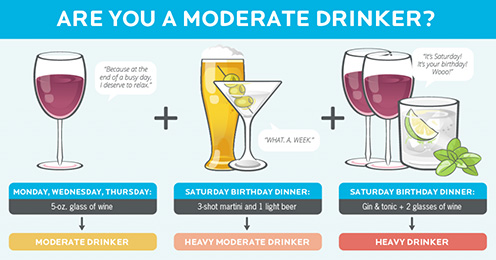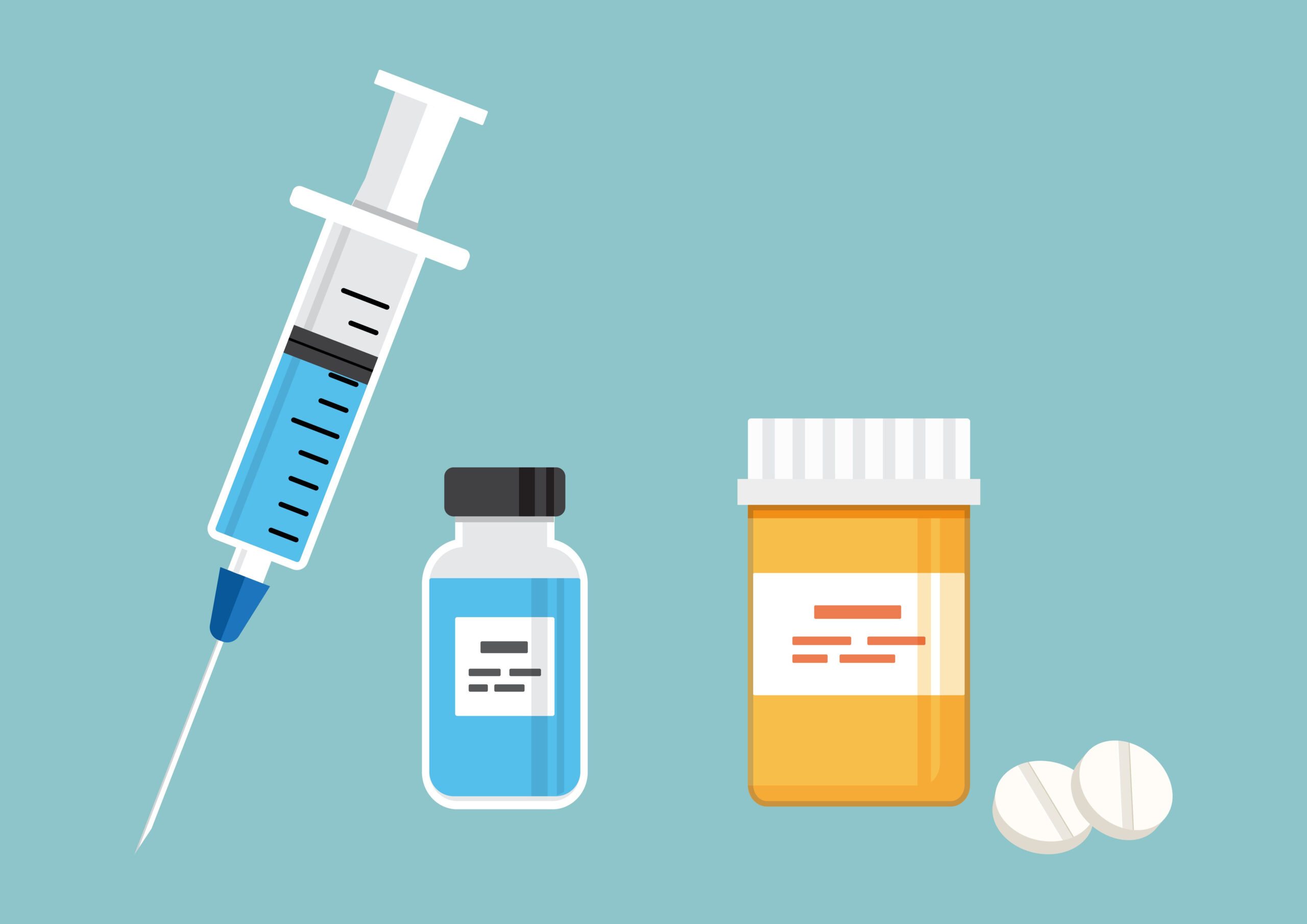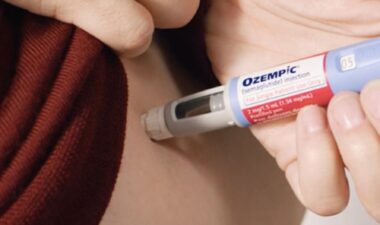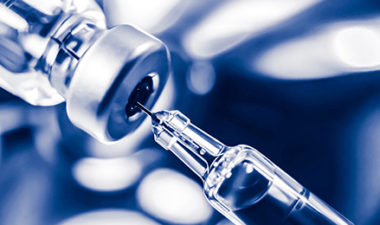Every once in awhile, most people who drink alcohol have an evening in when they wish they had drunk a less. For some, that may be a handful of times a year. For others it may be a handful of times a month. Maybe you usually are able to control your alcohol use, but occasionally you “binge.” (The definition of binging is more than five drinks in a sitting.)
Maybe your problem isn’t binging at all, but you are an “after work” drinker. You want a beer or a glass of wine to relax after a stressful day at work. But a couple drinks has a tendency to turn into three or four before you go to bed. Then you add a bit of social drinking with friends on weekends. When you stop to think about it, you realize you’re drinking every day. This could easily add up to 25 or 30 drinks a week! Your casual drinking may be getting a little out of hand.
How Much is Too Much Alcohol?
Excessive drinking is considered to be more than one drink a day for women and two drinks a day for men. That’s only seven drinks a week for women and 14 drinks a week for men – maximum. The significant difference in drink allowances between men and women relates to the different ways each gender metabolizes alcohol and that women are typically smaller in size.
What is a “drink?” In the United States, one “standard” drink – or one alcoholic drink equivalent – contains roughly 14 grams of pure alcohol. That amount can be found in:
- 12 ounces of regular beer, which is usually about 5% alcohol, or
- 5 ounces of wine, which is typically about 12% alcohol, or
- 1.5 ounces of distilled spirits, which is about 40% alcohol.
The US Government Department of Health & Human Services has evaluated the risks and benefits of drinking alcohol and has established guidelines for safe or low risk drinking. These guidelines define “safe” levels of alcohol consumption necessary to avoid the health problems associated with excessive drinking. These health issues include:
- Brain problems (premature dementia, tremors, seizures, and other serious neurological problems),
- Gastrointestinal problems (primarily ulcers and liver problems) and
- Blood problems such as anemia.
- Alcohol withdrawal.
The guidelines are also meant to prevent the risk of alcohol withdrawal which can be life-threatening.
The Options
Many people who drink alcohol, wish that they drank less than they do drink. Unfortunately, for those individuals the only traditional option for management of alcohol consumption . . . is to quit. That is, “Just Say No” and quit. If you have problems stopping drinking, join Alcoholics Anonymous and do the 12 Steps.
But many people do not want to (or can’t) quit altogether. Alcohol has been a part of society for thousands of years. Today, we drink at weddings, watching sports, socializing out at dinner in a restaurant, or without dinner in a bar. There are dates, barbecues, and dinner parties. If you’ve ever tried abstaining from alcohol, you know how awkward it can be to be the only one not drinking. If you want to abstain, you may decide not to go out, or to turn down invitations to these types of events, because you feel that your abstinence makes you different than everyone else. On the other hand, you know that if you start drinking, you may drink too much, act inappropriate, risk a DUI, or be stuck with a hangover in the morning.
So the choices for people who occasionally drink too much have been limited: drink, and try to manage your consumption, or just say no and be abstinence.
The Third Option: The Sinclair Method
Now there is a third option. It is called “The Sinclair Method” (TSM). It is a scientific approach to excessive drinking that uses the FDA-approved drug Naltrexone to gradually reduce your drinking. Unlike 12-step programs that require complete abstinence, The Sinclair Method allows you to drink alcohol, as long as you take Naltrexone prior to drinking. The official reported success rate of the Sinclair Method in reducing alcohol use is 78%!
If you do not consider yourself an alcoholic but occasionally over drink, The Sinclair Method may be a great option. On the other hand, if you think you are drinking a little more than you should be, TSM is a great opportunity for you, as well. It will likely reduce your drinking.
North Dayton Addiction and Recovery is one of the few clinics in the Midwest that specializes in TSM. Our doctors have helped hundreds of patients in successfully reduce their alcohol use. If you drink too much occasionally, or are drinking more alcohol than you think you should, give us a call. We will help reduce your alcohol use, even if you don’t want to quit drinking.
-Paul Kolodzik, MD, Board Certified Addiction Medicine Specialist
[ninja_form id=1]



